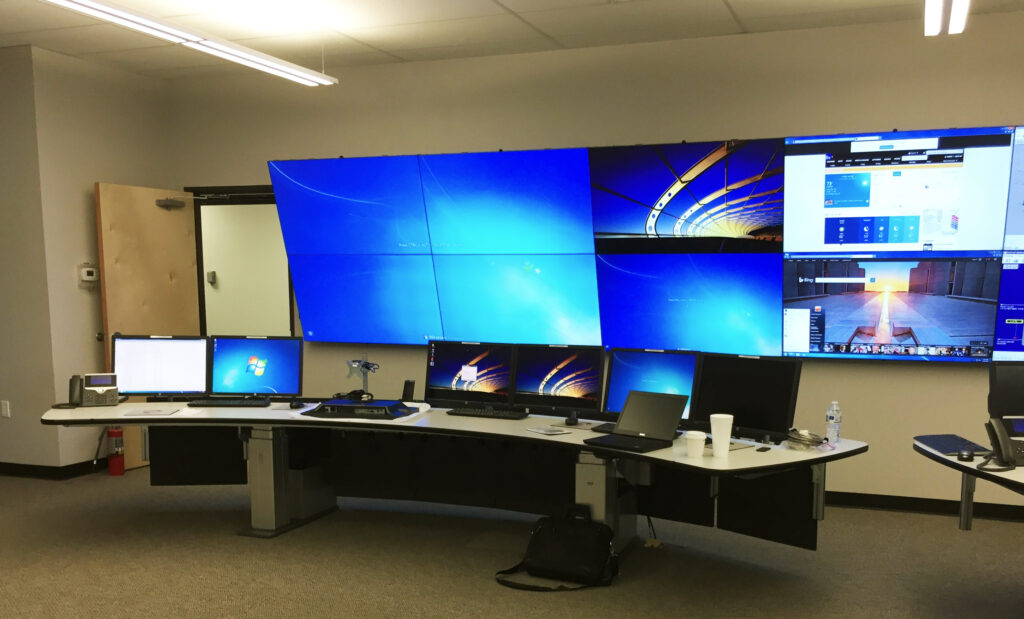Shift Work and Blue Light
Shift work. It’s a given in virtually every work schedule of the process-based industry.
LED (light-emitting diode) lighting has gained traction as the status quo due to its energy efficiency and longevity. However, the specific characteristics of LED lighting, namely its color temperature and blue light content, can affect the circadian rhythm and sleep patterns of our shift workers. While the energy efficiency of LED lighting appears to be headed in the right direction, one must delve deeper into the hidden side effects they have a negative impact on shift workers.
Disruption of Circadian Rhythm: Exposure to blue light during nighttime hours can suppress the production of melatonin, a hormone that regulates our sleep/wake cycles. Shift workers who are exposed to blue spectrum lighting during their night shifts may experience difficulties falling asleep during the day, leading to sleep deprivation and subsequent health issues. According to a study by Harvard Medical School, exposure to blue light at night may also lead to cancer, heart disease and diabetes.
Increased Risk of Fatigue and Alertness Issues: Insufficient and poor-quality sleep resulting from exposure to blue spectrum lighting can lead to increased fatigue levels and reduced situation awareness during shift work.
Eye Strain and Visual Discomfort: Blue spectrum lighting, particularly from screens and energy-efficient LED lights, can cause eye strain, dryness, and visual discomfort. Shift workers who are regularly exposed to such lighting sources for extended periods may experience symptoms like headaches, blurred vision, and eye fatigue, affecting their comfort and performance on the job.
To mitigate these negative effects, certain strategies can be implemented. There are lighting solutions that automatically filter out the blue light during nighttime shifts. Blue light-blocking glasses is an inexpensive and effective solution as well. In addition, some computer operating systems provide a ‘Night Light’ setting that adjusts the screen to display warmer colors.
LED lighting and other sources rich in blue spectrum light are here to stay. Employers should consider implementing blue light strategies for shift workers. Contact UCDS to conduct a control room lighting analysis and help plan for ways to reduce this detrimental challenge technology has created for our shift workers.

